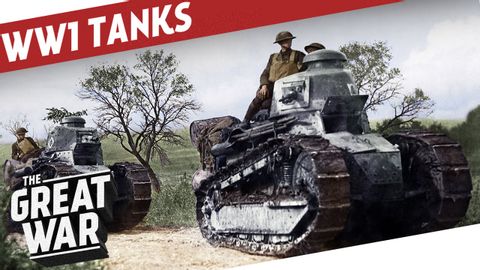
Subtitles & vocabulary
Tank Development in World War 1 I THE GREAT WAR Special
00
happy posted on 2016/09/18Save
Video vocabulary
individual
US /ˌɪndəˈvɪdʒuəl/
・
UK /ˌɪndɪˈvɪdʒuəl/
- Countable Noun
- Single person, looked at separately from others
- A single thing or item, especially when part of a set or group.
- Adjective
- Made for use by one single person
- Having a distinct manner different from others
A2
More break
US /brek/
・
UK /breɪk/
- Verb (Transitive/Intransitive)
- To create a new record e.g. running the 100m dash
- To form a crack in something
- Noun
- Time you stop an activity before continuing
- End of a relationship
A1TOEIC
More world
US /wɜrld /
・
UK /wɜ:ld/
- Noun (Countable/Uncountable)
- All the humans, events, activities on the earth
- Political division due to some kind of similarity
A1
More reality
US /riˈælɪti/
・
UK /rɪ'ælətɪ/
- Noun (Countable/Uncountable)
- What is true, as opposed to what is imagined
- The state of things as they actually exist, rather than as they may appear or might be imagined.
A2
More Use Energy
Unlock All Vocabulary
Unlock pronunciation, explanations, and filters
